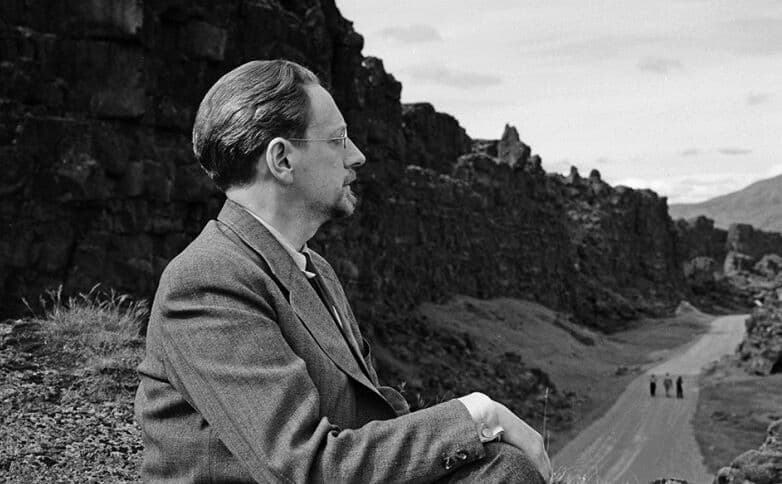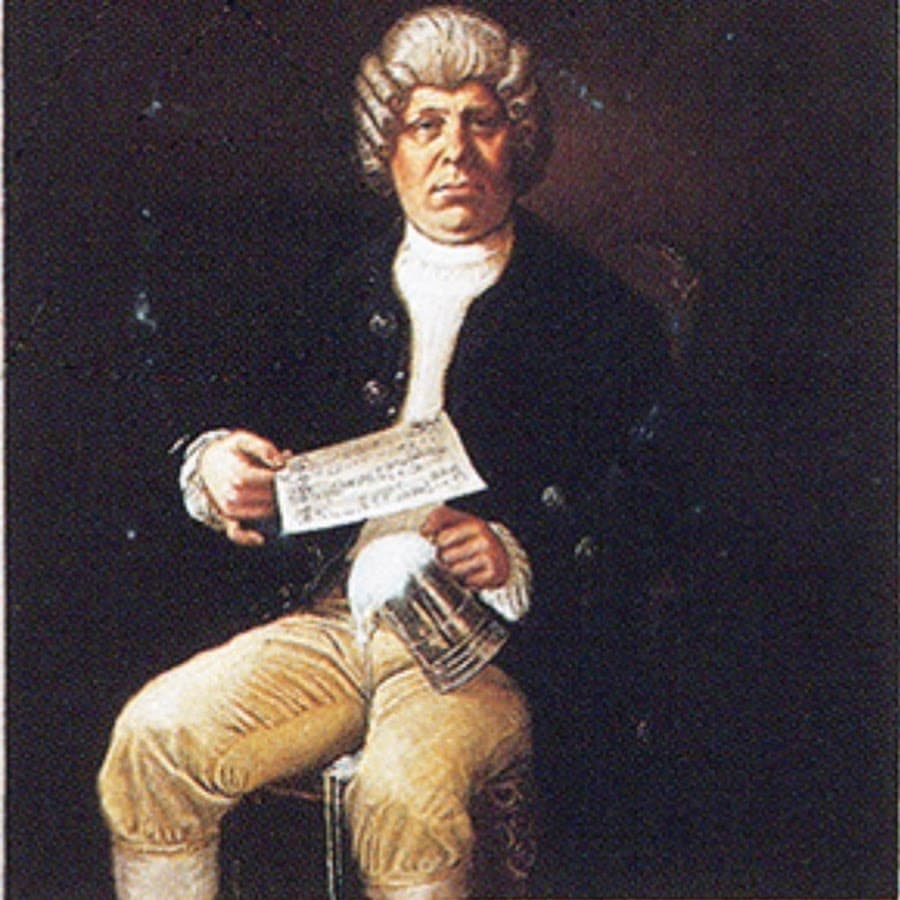Over the centuries, classical music composers have come up with many creative ways to up the ante when it comes to spectacle.
One of the loudest ways they’ve done so is by incorporating cannons in their music, lending a new kind of bombast to performances.
Today, we’re looking at five powerful pieces of classical music with cannons and why various composers chose to use instrumentation that can literally blow their listeners away.
Tchaikovsky: 1812 Overture (1880)

© Classic FM
The most famous example of a piece of classical music with cannons in it is Tchaikovsky’s 1812 Overture, which dates from 1880.
That year, the Cathedral of Christ the Saviour in Moscow was nearing completion. The construction had been a generations-long effort, begun all the way back in 1812 to commemorate the Russian victory over Napoleon.
In the late 1870s, Tchaikovsky was commissioned to write a festival overture celebrating this historic event. To guarantee maximum drama during the celebration, he composed parts for pealing church bells and cannons. The cannons would be operated from an electric switch panel to ensure that they went off at the appropriate time.
However, those plans were ultimately scuttled. The Overture wasn’t premiered until 1882; the Cathedral wasn’t finished until 1883; and there never was an electric switch.
It took until the 1950s for Tchaikovsky’s vision to be fully realized. In 1954, the Minneapolis Symphony Orchestra made a legendary recording with separately recorded cannon fire dubbed in.
In 1990, in honor of the sesquicentennial of Tchaikovsky’s birth, a live performance featuring cannons finally occurred in St. Petersburg, near where he was buried. That performance was both recorded and filmed.
Beethoven: Wellington’s Victory Overture (1813)
Beethoven’s Wellington’s Victory Overture is unlike any other music he wrote.
This fifteen-minute-long overture – a string of militaristic vignettes – was composed in 1813 to commemorate the battle between the future Duke of Wellington and Joseph Bonaparte, brother of Napoleon.
The work came about after Beethoven’s friend, inventor Johann Nepomuk Maelzel, suggested that he write something to showcase his new musical invention, the panharmonicon. The panharmonicon was a mechanical instrument that imitated the sounds of military band instruments.
Beethoven agreed, but, in typical Beethovenian fashion, his vision outpaced the era’s technology, and he came back with a piece written for a hundred band instruments. In the end, Maelzel was unable to create a machine that could deliver.
So Beethoven rewrote the piece for a human-operated orchestra with auxiliary sound effects, including muskets, multiple drums, ratchets, and artillery.
The work was premiered in 1813 at a benefit concert for wounded soldiers. Audiences at the time noted the incredible volume of the performance, claiming it was “seemingly designed to make the listener as deaf as its composer.”
Prokofiev: Cantata for the 20th Anniversary of the October Revolution (1936-37)
Prokofiev was commissioned to write this cantata in 1936. It would trace the history of the Bolshevik Revolution, including scenes portraying the October Revolution of 1917, Lenin’s funeral, and Stalin’s ascendancy.
Unfortunately, when Prokofiev finished this massive forty-five-minute cantata for chorus, orchestra, sirens, alarm bells, and cannon shots, Stalinist critics balked.
Even though the texts that Prokofiev set had been written by Communist party idols like Lenin and Marx, Stalinist officials believed that the work’s music and orchestration were “incomprehensible.” Prokofiev scrambled to rewrite the cantata, but to no avail.
In the end, Prokofiev only received 25% of his commission, and he never saw it performed.
The cantata didn’t receive official Soviet approval for decades. It was finally premiered in an altered format in 1966, but by that time, Prokofiev was long dead.
Jón Leifs: Hekla, Op. 52 (1961)
From time immemorial, composers have been inspired by natural wonders, and Jón Leifs is no exception.

Jón Leifs
One of his most gripping works is called Hekla. This wallop of an orchestral work portrays – with shocking violence – the eruption of the volcano Mt. Hekla in Leifs’ native country of Iceland.
In the words of critic Rob Barnett, “The notes seem to emerge from the hot rocks, fumaroles and chiroplastic floes. Lava and magma erupt, stones are heaved like great mortar shells high into the super-heated air. The percussion specification for the work reads like a shopping list from a demonic orchestra… Sirens, great bells, tuned stones, giant ship chains and synthesised cannon and shotgun reports all slam and shudder through this extraordinary score.” [Source: http://www.musicweb-international.com/classrev/2001/aug01/Leifs_Hekla.htm]
1712 Overture – PDQ Bach (1989)
P.D.Q. Bach is the comedic alter ego of composer Peter Schickele. According to Schickele, he is “the only forgotten son” of the Bach family and the twenty-first of Bach’s twenty children.

P.D.Q. Bach
The rest of P.D.Q. Bach’s output is equally nonsensical and pokes fun at musicologists, audiences, and all manner of classical music conventions.
In the 1712 Overture, Bach takes the outline of Tchaikovsky’s 1812 Overture and uses it to create a satirical showpiece for orchestra.
There are references to Yankee Doodle, Pop Goes the Weasel, bird calls, Dvořák’s “New World” Symphony, some jazz, and, just before the end, an organ that interrupts with an extended quotation of (who else?) J.S. Bach and his D minor Toccata.
So where are the cannons, you might ask? Well, in this piece, P.D.Q Bach imitates cannon fire by asking orchestral musicians to pop balloons!
For more of the best in classical music, sign up for our E-Newsletter




There is also David and Old Ironsides by American composer Larry Thomas Bell written for the Boston Landmarks Orchestra. It has cannons.